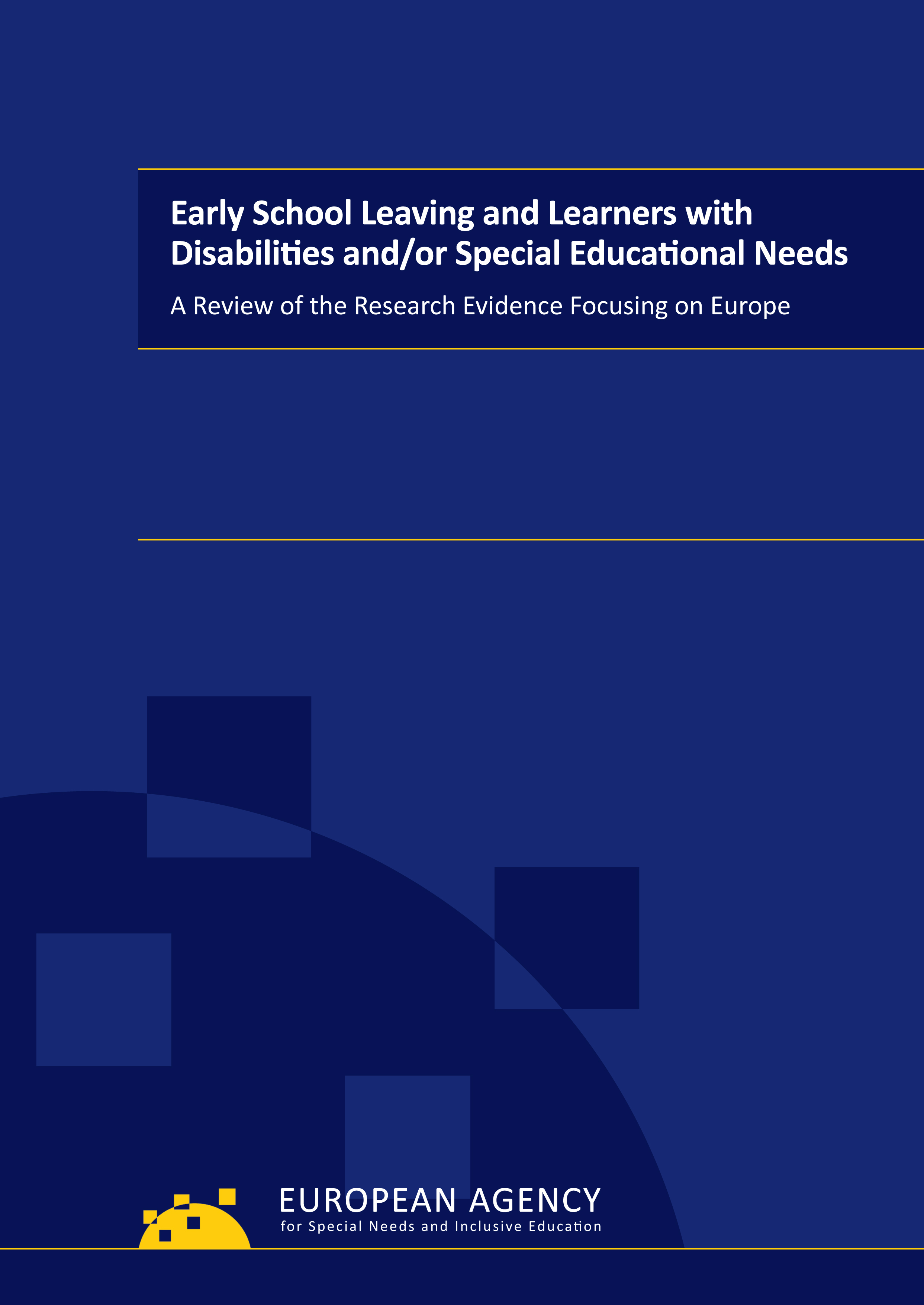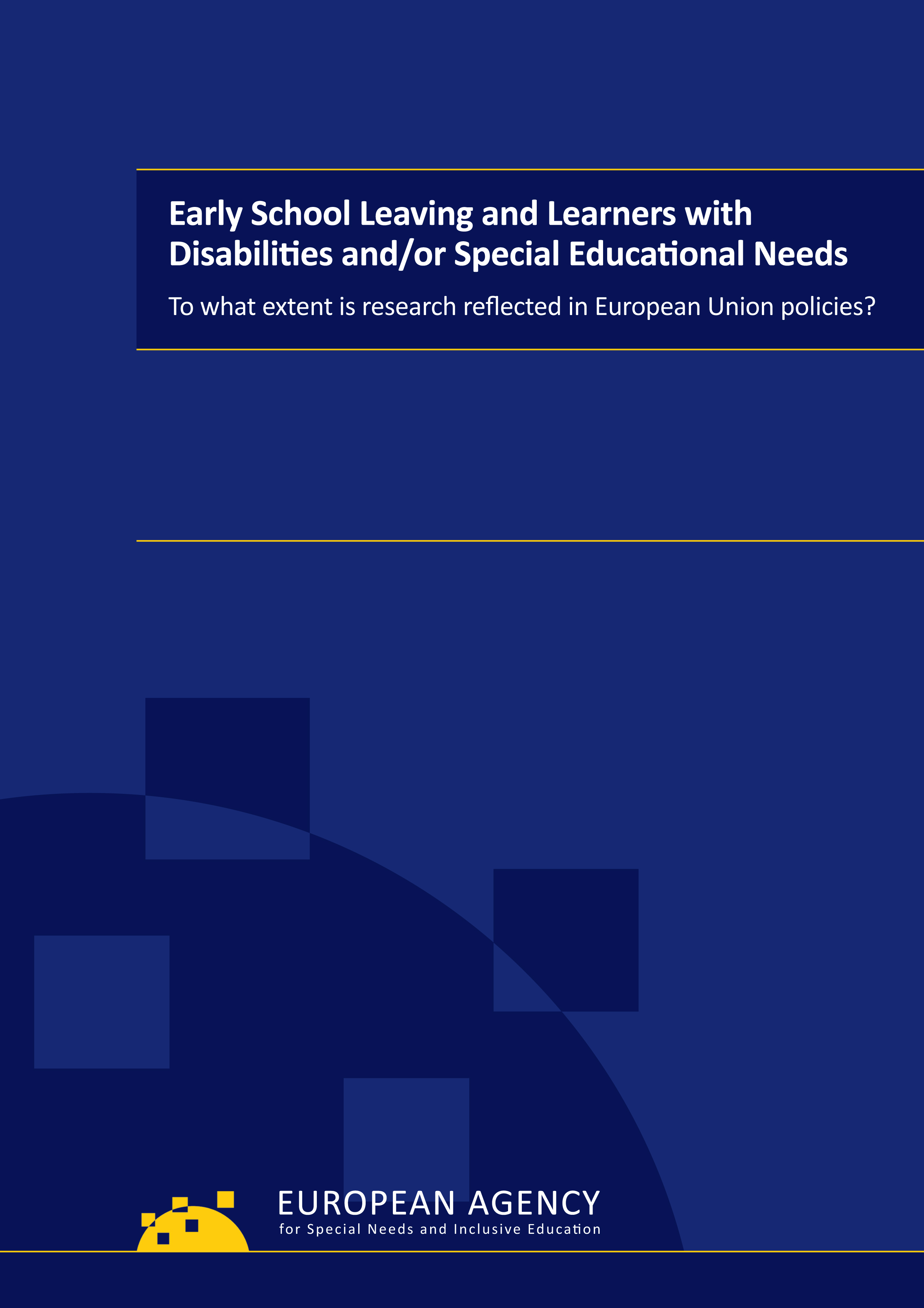Having an upper-secondary education is crucial to young people’s life chances. It is often seen as the minimum entry requirement for the labour market and is an important protector against unemployment. In Europe, however, by no means all young people enter or complete upper-secondary education. Those who do not tend to come from groups that are marginalised in many other ways, and tend to go on to experience multiple disadvantages into adulthood.
Early school leaving (ESL) is broadly defined as the phenomenon of young people leaving formal education before they have successfully completed upper-secondary schooling. The European Union has identified reducing ESL as a priority for action and set a goal of reducing ESL to 10% across all member states by 2020. Learners with special educational needs and/or disabilities are among those who are at particular risk of ESL.
The Agency examined this phenomenon in a one-year desk research project, running from 2015 to 2016. It reviewed and analysed research literature, policies and available data from Agency member countries on ESL. It aimed to explore whether there is evidence that learners with special educational needs and/or disabilities are more likely to be early school leavers.
The findings of this project are now available in two reports, both edited by Alan Dyson and Garry Squires:
The first report sets out the findings of a review of the research evidence on ESL in Europe, with particular reference to young people identified as having special educational needs and/or disabilities. The review focuses primarily on published material that relates directly to the situation in one or more European countries and that is available in English, supplemented, where necessary, by literature from other parts of the world.
The second report summarises the key research literature on this group and compares its findings and implications to the positions adopted by EU policy documents. This comparison leads to some recommendations for how policy-makers might tackle the issue of ESL more effectively, particularly as it impacts on learners with special educational needs and/or disabilities.
The evidence base on learners with special educational needs and/or disabilities and ESL is less substantial than one might like. Nevertheless, it suggests that the risks for that group of learners are not substantially different from those for other groups. Therefore, they need to be included within mainstream interventions and practices. The development of inclusive schools, which are able to respond to individual characteristics and intervene early in individual difficulties, is key to reducing ESL.

